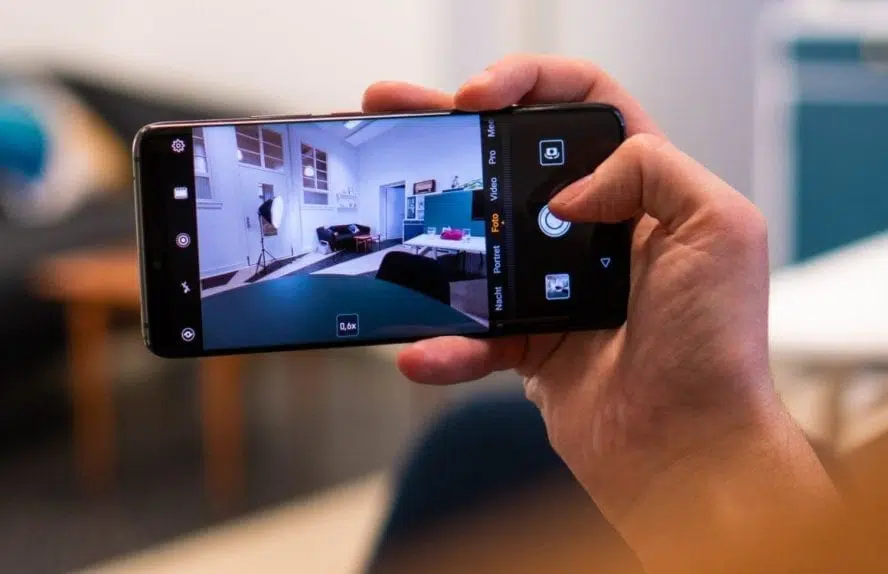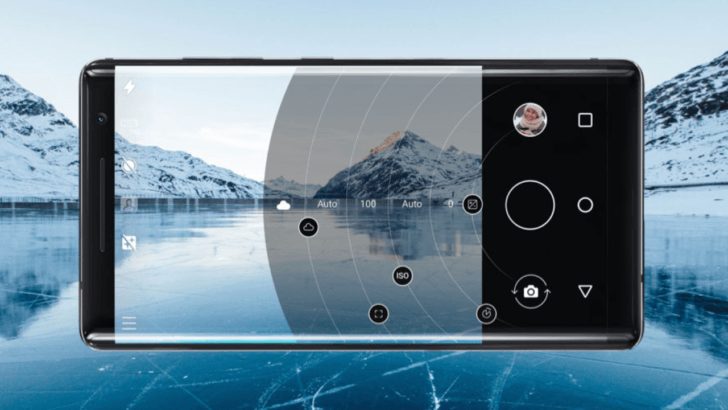More and more smartphones with a 48-megapixel camera appear on the back. That sounds a bit exaggerated, but the underlying quad-bayer technique should provide better photos. In this article, we will tell you how the technology works and on which type of smartphones you can expect such a special camera.
Page Contents:
Check our quad bayer explanation
When you hear the term quad bayer, you probably will not sit on the edge of your chair. Understandable, because the technique sounds less familiar and exciting than a fingerprint scanner under the screen, quadruple camera or foldable screen. But because more and more smartphones with a quad bayer camera sensor will come out in 2024, it is certainly useful to know something about it.
As you might know, a photo consists of pixels and photographing (smartphone) cameras in megapixels. A few years ago a real megapixel race was unleashed, and many manufacturers stopped image sensors with the highest possible resolution in their devices. Not because a camera with more megapixels necessarily makes better photos, but many people thought so. A 23-megapixel camera sounds more impressive than an 8-megapixel camera, right?
A few years later, brands stepped back to ‘lower-resolution cameras,’ simply because they shot better images. 2019, however, seems to be the year of the high-resolution smartphone camera, and that is due to the quad bayer technique.
SEE ALSO: Xiaomi smartphone overtook the iPhone in popularity in Moscow
Every (smartphone) camera uses an image sensor, and that largely determines the photo and video quality. Most Android smartphones, as well as iPhones, use image sensors from Samsung and Sony. An image sensor has a distinctive feature, for example, because it photographs in black and white. The quad bayer technique is also such a distinctive feature.
Combine pixels for more detail
An image sensor with a resolution of 10 megapixels, uses all those pixels once to record information. The data is merged into a photo. A camera sensor with quad bayer filter works differently and uses four physical copies for each pixel. These pixels all gather information. The more information, the better the photo becomes.
The image sensor combines the data from the four pixels to one pixel with much more data. By combining the final pixels, a photo is created with more detail and less noise during the day, but also in the dark.
Why the higher resolution is needed
Because a quad bayer filter simply uses four pixels for one pixel, the camera must have a higher resolution. Most camera sensors with a quad bayer filter, therefore, have a resolution of 32, 34, 40 or 48 megapixels. Huawei launched the P20 Pro in the spring of last year with a 40-megapixel sensor that shoots in 10-megapixels as standard. And in October Huawei came with the Mate 20 Pro, also equipped with a (slightly improved) 40-megapixel quad-bayer sensor.
Smartphones with quad-bayer cameras
The quad-bayer technique is not entirely new. Nokia already released the 808 PureView in 2012, a fair smartphone with a 41-megapixel camera. Unprecedented, for that time. The 808 PureView became the best camera smartphone of the year thanks to the excellent quad bayer filter. After that, it remained silent for a long time, but last year Huawei smartphones with the same technology appeared.
Last year Sony and Samsung also announced new high-resolution quad bayer image sensors for smartphones. These sensors find their way to smartphones at different price ranges this year. Xiaomi launched in January, for example, the Redmi Note 7, a budget smartphone with a 48 megapixel sensor from Samsung. There will also be a more expensive Note 7 Pro, equipped with an even better camera sensor from Sony.
And Honor, a sub-brand of Huawei, has the View 20. This smartphone has a 48 megapixel camera with quad bayer filter that makes 12-megapixel photos.
Because Sony and Samsung design their camera sensors with quad bayer filers, it is likely that the manufacturers will release smartphones with such an image sensor this year. And a new dual-bayer camera sensor from Sony would debut on the Huawei P30 Pro. This technique works slightly differently and uses extra white pixels to capture more light. For example, the camera has to take better pictures in dark situations – a problem for smartphones for years.
Do you hope your next smartphone gets a camera with quad bayer filter? Let us know in the comments under this article!


